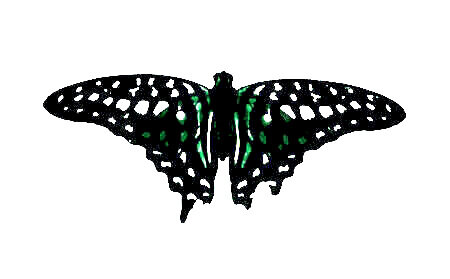Rereading Munro's Silence
*This post discusses child sexual abuse
Earlier this summer, I made a plan to re-read all my copies of Alice Munro’s short story collections and write about what was revealed to me in the process. But then something more important about Munro was revealed publicly for the first time: Munro’s daughter, Andrea Skinner, wrote bravely in the Toronto Star last Sunday that when she was nine, her stepfather sexually assaulted her one evening and tormented her for years afterwards. At the age of 25, Skinner told her mother what had happened. Her stepfather admitted everything but claimed Skinner, a child, had been a seductress. (He was convicted of the crime.) In spite of her daughter’s suffering and her husband’s grotesque confession, Munro sided with her husband, with whom she stayed until his death in 2013. After Skinner had her own children, she didn’t want her stepfather near her kids, and instead of understanding this appropriate boundary, Munro was angry. So Skinner cut off all ties.
After Alice Munro died this spring, and before the news broke about her daughter, it had felt important to me to return to the work that had taught me so much about the craft of writing short stories. I finished re-reading the two books I admired most—Hateship, Friendship, Courtship, Loveship, Marriage and Runaway—believing I had access to something new about Munro’s writing and its beauty; her handling of complicated, troubled characters felt like life: grim and fraught, yet occasionally deeply hopeful. The last time I’d read these books, I had not been a mother. Now as a middle-aged parent in an unstable world (and with a complicated family of my own) I admired Munro’s unvarnished depiction of characters capable of both deep cruelty and transcendent grace. Like the unfaithful husband of “The Bear Came Over the Mountain”: his final act of infidelity is in service to his wife’s happiness, giving him depth and humanity, if not redemption.
One character in Runaway remained distant and unknowable to me, however: Juliet, who appears in three stories in the collection. We see her grow from an inexperienced and fiercely intelligent young woman into a mother and accomplished television personality. Juliet’s arc struck me as a stand-in for Munro’s, and “Silence,” the third story in the triptych about Juliet, seemed to be trying to express something about its author.
In the story, Juliet’s adult daughter suddenly cuts off ties with her mother, with no warning and no reason. The moment Juliet realizes her daughter has disappeared from her life is gutting, but the emotional wreckage dissipates into something flatter and unexamined. In an imagined conversation with another character, Juliet explains her daughter’s silence in this way:
It’s maybe the explaining to me that she can’t face. Or has not time for, really. You know, we always have the idea that there is this reason or that reason and we keep trying to find out reasons. And I could tell you plenty about what I’ve done wrong. But I think the reason may be something not so easily dug out.
And of course we now know that in the case of Munro’s life, the reason was actually very “easily dug out.” Skinner explained her reasons perfectly. But Munro the writer gave Juliet’s version of estrangement less clarity—perhaps for what she saw as artistic nuance—but the result feels incomplete and defensive. The result is a story that is deeply sad, and ultimately hollow. What the story seems to reveal now is nothing about the daughter’s silence, but everything about the author’s.
I don’t expect fiction to be autobiographical, and I don’t usually seek out the details of my favorite writers’ lives. However, once I know those details, they become part of my understanding of the work itself. The idea of separating the art from the artist is appealing, but it doesn’t work for me, especially when it comes to writing. One reason I love reading fiction is the way it connects me with the obsessions of other writers; even if I never meet or learn about the human behind the words, I feel tethered to their concerns. (I’m uninterested in art made by AI precisely because it has been generated without the brain and soul of a human—except when you consider the centuries of art stolen to make AI functional, but that’s another blog post…).
So there is no way for me to read Munro now without seeing her work through the lens of who and what she chose to protect in her life. I can admire her artistry and appreciate what I learned from it, but I’ll always understand her stories as a way of processing her silence, and often excusing it.
When we encounter writing that feels so true to life—as beautiful and complicated and dark—we want to believe the hand that made the art is not just a good observer of life in all its mess, but actually good. And therefore capable not just of seeing the pitfalls of her most troubling characters, but of transcending them.
Ultimately, what Andrea Skinner’s story has revealed is that a beloved author was just as flawed—and as cruel—as many of her characters.
